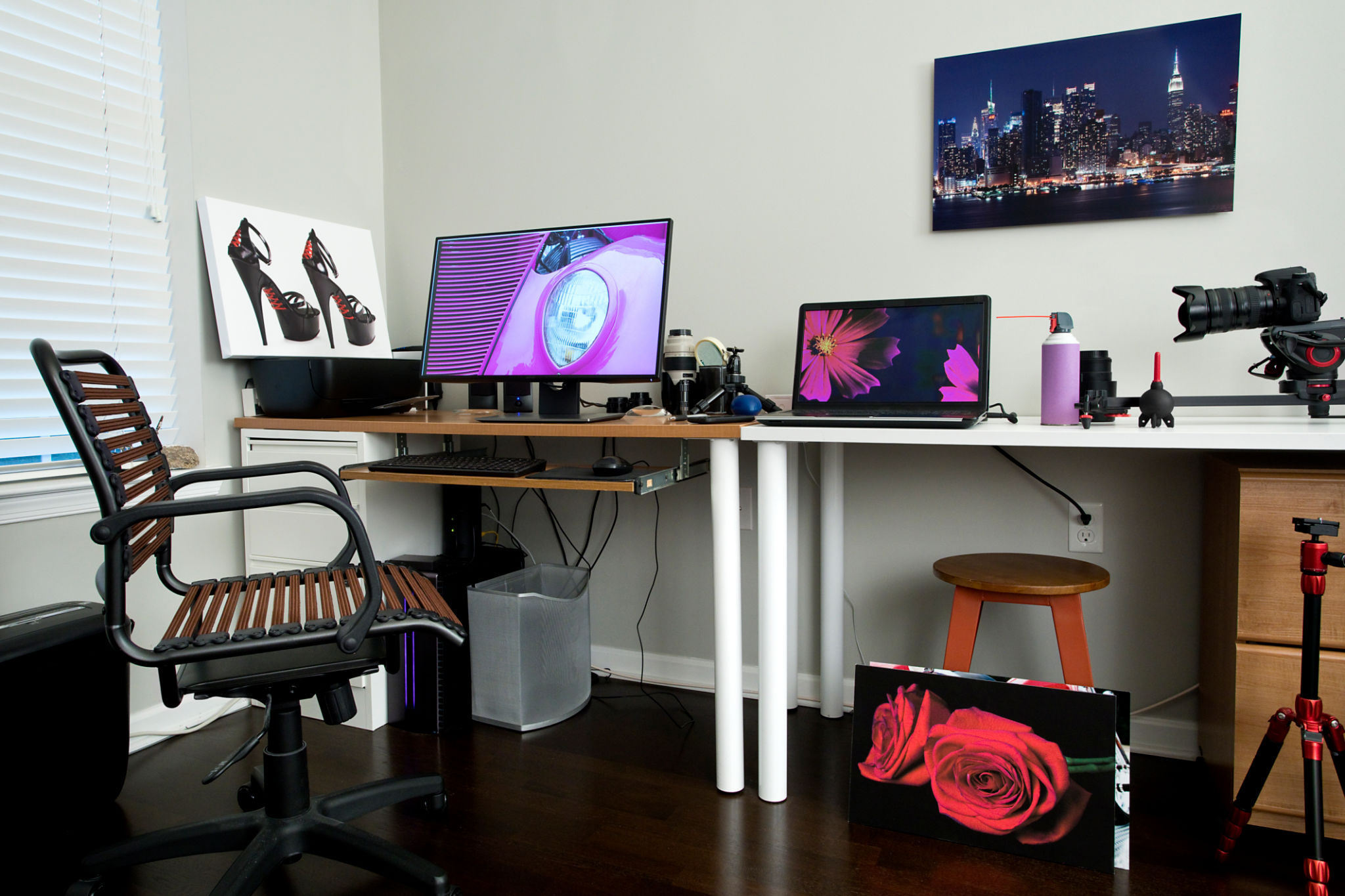How to Use Aerial Footage to Enhance Real Estate Listings
Introduction to Aerial Footage in Real Estate
The real estate industry has witnessed a significant transformation with the advent of aerial footage. This technology offers a unique perspective that traditional ground-level photography simply cannot match. By incorporating drone footage, real estate professionals can provide potential buyers with a comprehensive view of a property, enhancing the overall appeal and value of listings.

Benefits of Aerial Footage
Aerial footage provides numerous benefits that can significantly enhance real estate listings. It allows viewers to see the property's surroundings, which is crucial for understanding the context and environment. This capability is particularly useful for showcasing large estates, waterfront properties, or homes located near parks and natural landscapes.
Moreover, aerial footage can highlight features that might be overlooked in traditional photography. For instance, expansive gardens, proximity to local amenities, and accessibility can be effectively demonstrated from an aerial view.
Creating a Visual Narrative
When using aerial footage, it's essential to create a visual narrative that captivates potential buyers. Start by planning the shots to ensure all critical aspects of the property are covered. An effective narrative might begin with a sweeping view of the neighborhood before focusing on the property's key features.
Consider incorporating different angles and elevations to add depth and interest to the footage. This approach not only makes the listing more engaging but also helps convey the lifestyle and experiences associated with the property.

Technical Considerations
Before capturing aerial footage, it's important to be aware of the technical considerations involved. Ensure compliance with local regulations regarding drone usage, as these can vary significantly depending on the location. Obtaining the necessary permits and certifications is critical to avoid legal issues.
Additionally, investing in high-quality equipment is essential for producing professional-grade footage. Drones equipped with high-resolution cameras can capture crisp, clear images that enhance the property's appeal.
Editing and Enhancing Footage
Once the aerial footage is captured, the next step is editing. Use video editing software to enhance the footage by adjusting lighting, color balance, and adding annotations if necessary. Overlays such as property boundaries or labels for nearby landmarks can provide additional context for viewers.
Adding background music or voiceovers can also improve the overall presentation, making it more engaging for potential buyers. The goal is to create a polished and professional video that stands out in a competitive market.

Integrating Aerial Footage into Listings
Integrating aerial footage into your real estate listings can be a seamless process if done correctly. Consider embedding videos directly into online listings or sharing them on social media platforms to reach a broader audience. Including a link to the video in email marketing campaigns can also drive engagement and interest.
Statistics show that listings with video content receive more inquiries compared to those without. By leveraging aerial footage, you can effectively differentiate your listings from competitors and attract more potential buyers.
Conclusion
Aerial footage is a powerful tool for enhancing real estate listings. By providing unique perspectives and showcasing properties in their entirety, it offers potential buyers a more comprehensive understanding of what is on offer. With careful planning and execution, aerial footage can significantly boost a property's appeal and drive successful sales.
